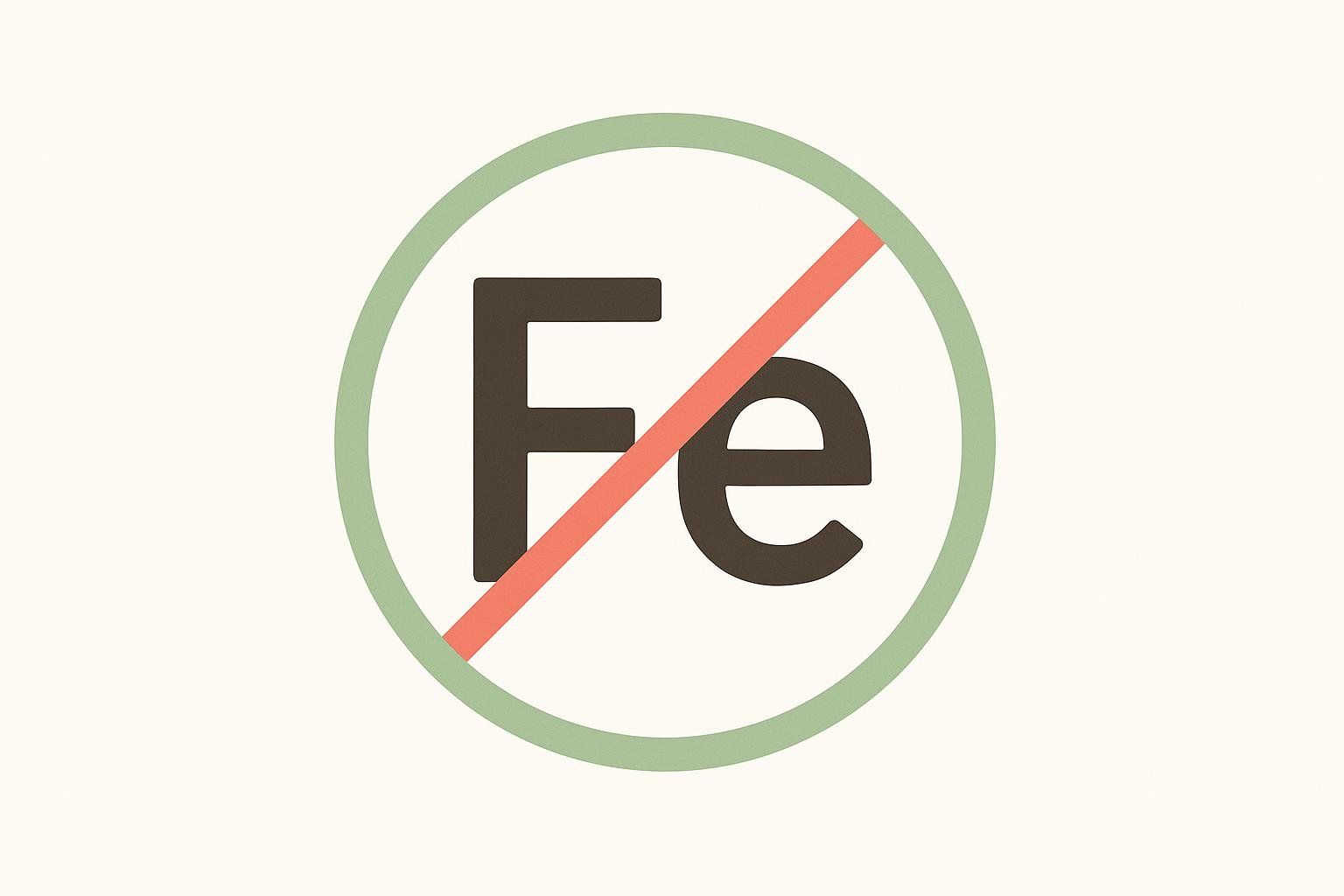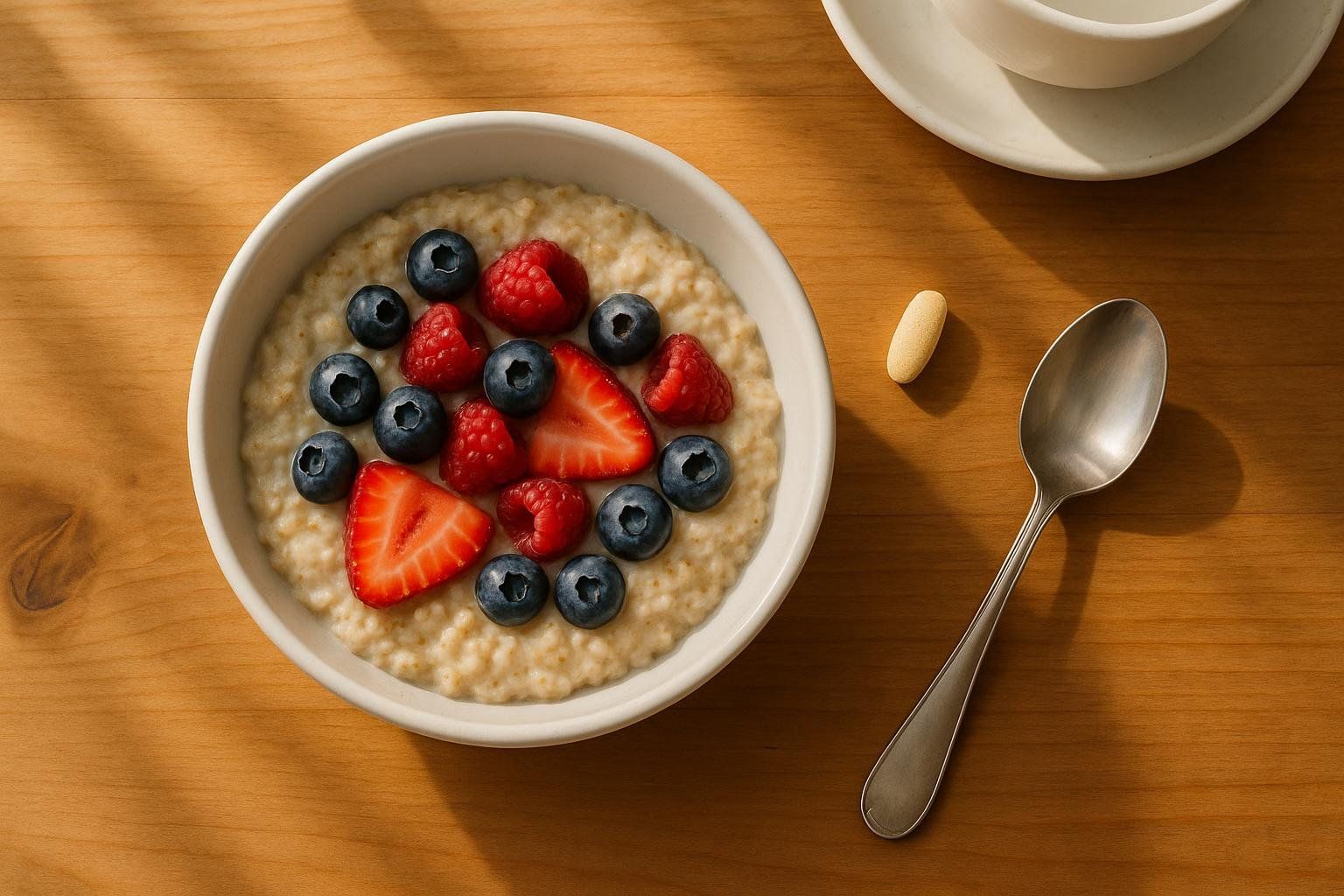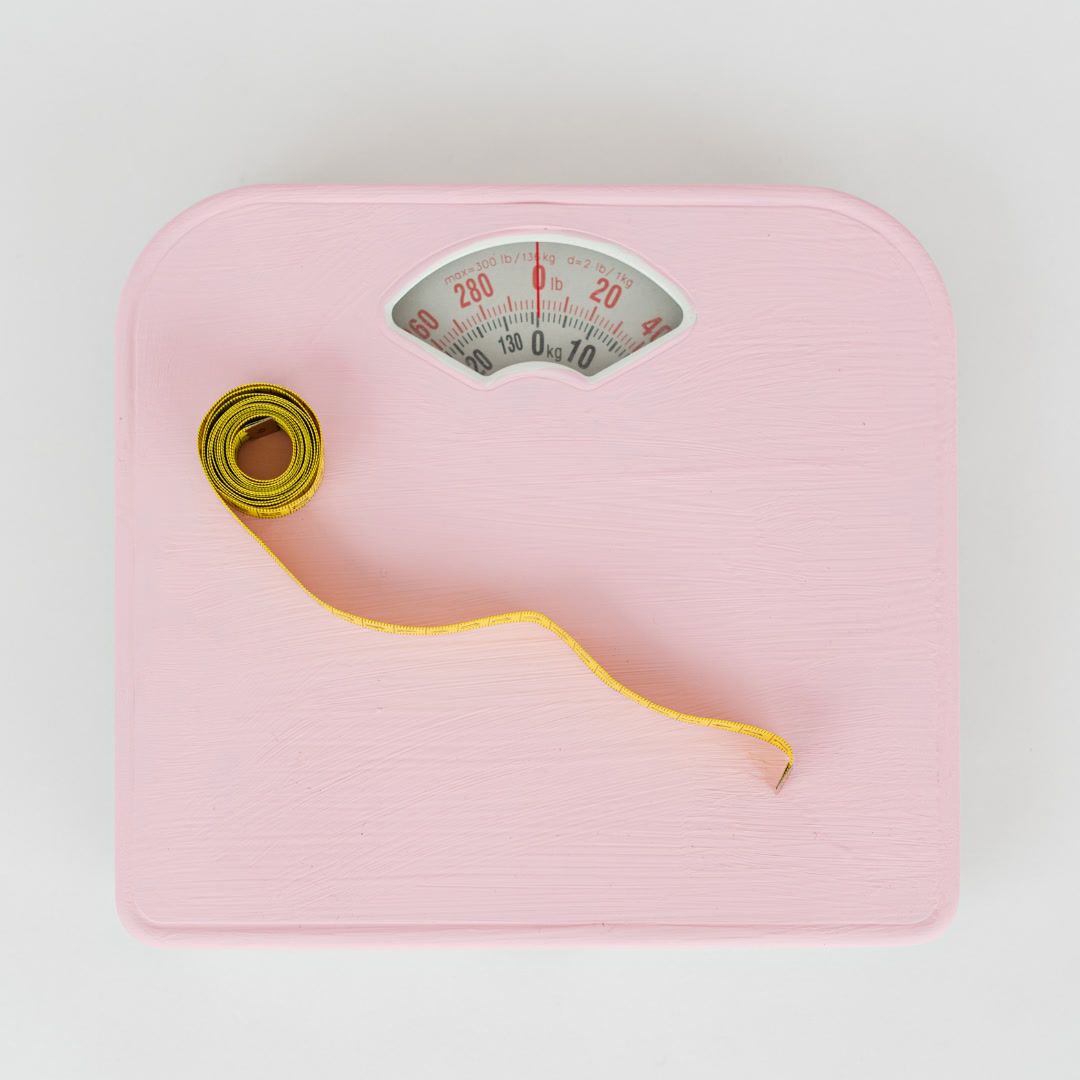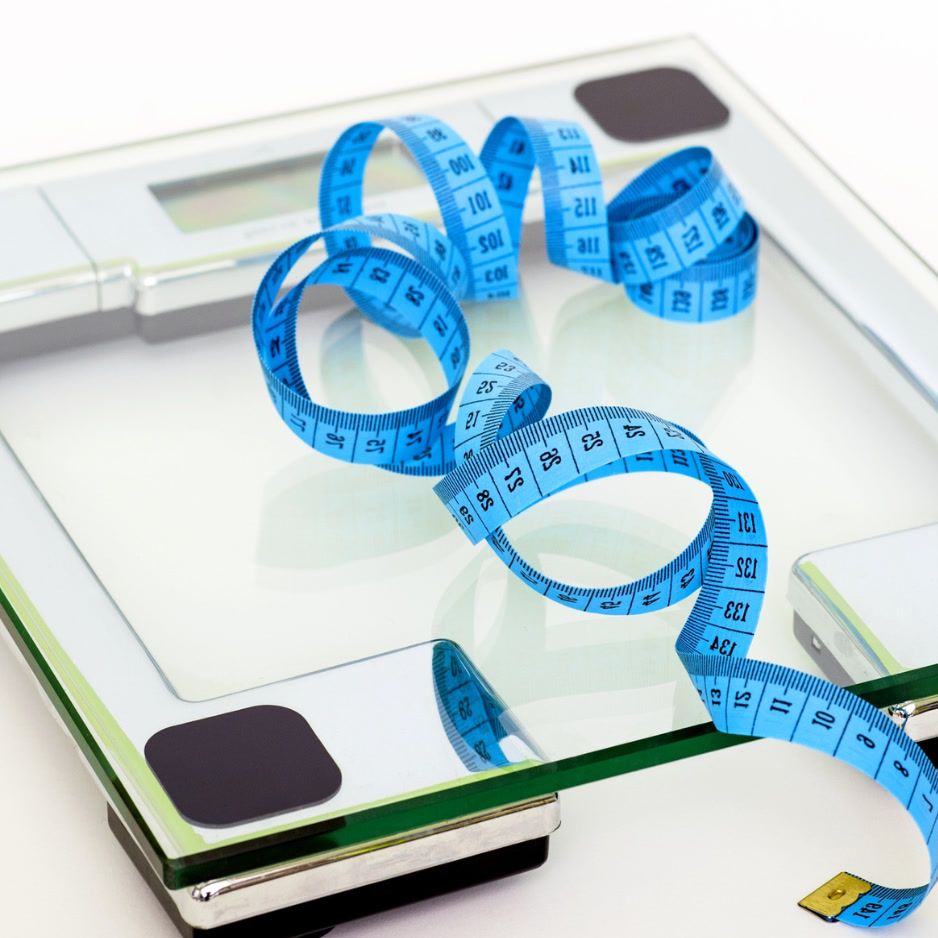Multivitamin for Men: Evidence-Based Guide by Age

Multivitamin for Men: Evidence‑Based Guide by Age
Thinking about taking a multivitamin for men? A daily multi can help cover small nutrient gaps, but it won’t replace a great diet or magically prevent disease. The key is picking a safe, age‑appropriate, third‑party–certified formula that hits around 100% Daily Value (DV) without mega‑doses.
This guide provides general information and is not a substitute for medical advice. Always talk with your clinician—especially if you take medications or have a health condition.
Key Takeaways
- Best pick for most men: a USP or NSF‑certified men’s multivitamin, iron‑free, with ~100% DV for most vitamins/minerals.
- By age:
- 25–35: Standard men’s multi; keep doses near DV; include vitamin D; iron‑free.
- 35–50: Similar to above; emphasize vitamin D; avoid mega‑doses.
- 55+: “Men’s 50+” formula with more vitamin D and B12, and lower/no iron.
- Expectations: Multivitamins can fill gaps, but evidence is insufficient that they prevent heart disease or cancer; avoid vitamin E and beta‑carotene for prevention.
- Evidence snapshot: In male physicians, a daily multi showed a modest total cancer reduction but no heart benefits.
- Cognition snapshot: In older adults, daily multis showed small, statistically significant improvements in memory/global cognition.
- Practical move: Diet inconsistent, low sun exposure, or age 55+? A standard, third‑party–certified multi can be reasonable “nutritional insurance.”
- Safety first: Choose age‑/sex‑specific formulas, avoid mega‑doses, and look for USP Verified or NSF Certified seals. Men typically don’t need supplemental iron unless prescribed.
Who benefits most from a multivitamin?
Multivitamin/mineral (MVM) products can raise nutrient intakes and help close gaps—especially when food intake is limited. Formulas vary a lot, so age‑ and sex‑appropriate picks matter (NIH ODS MVM fact sheet). A daily multi may be helpful if you:
- Skip or rush meals, travel often, or have a restricted diet
- Spend limited time outdoors or have darker skin tones and therefore may synthesize less vitamin D from sunlight
- Are 55+ and may absorb less vitamin B12 from food
- Avoid dairy or have low calcium intake and need to meet calcium needs
- Follow a weight‑loss plan that could reduce micronutrient intake
For a refresher on a food‑first approach, see BodySpec’s primer: Micronutrients: Are You Getting What You Need?
How to Choose a Multivitamin for Men by Age
Think “right‑sized support,” not “more is better.” Use this as a starting point and tailor with your clinician.
Ages 25–35: Everyday coverage without excess

Look for:
- A standard men’s multi with ~100% DV of key vitamins/minerals
- Iron‑free formula; vitamin D included
- Reasonable zinc (around DV), not ultra‑high doses
Why:
- Most healthy men here don’t need high‑dose extras—keep common nutrients like magnesium, zinc, and B‑vitamins near DV unless a deficiency is confirmed (NIH ODS MVM overview).
Ages 35–50: Keep lifestyle front and center; use a multi as a gap‑filler
Look for:
- Emphasis on vitamin D (often under‑consumed)
- B‑vitamins near ~100% DV
- No mega‑doses; iron‑free unless instructed
Why:
- Evidence doesn’t support multis for CVD prevention (USPSTF); focus on diet, exercise, sleep, and stress first, and use a multi to cover minor gaps without exceeding safe limits (NIH ODS MVM overview).
Ages 55+: Senior formula with B12 and vitamin D emphasis

Look for:
- “50+” or “Senior” men’s multis with more vitamin D and B12
- Lower or no iron
Why:
- Older adults often absorb less B12 from food and may need more vitamin D for bone health (info on B12 absorption; vitamin D needs for bone health)
- Calcium needs rise to 1,200 mg/day at 71+ (diet + supplements) (ODS calcium consumer fact sheet)
- COSMOS sub‑studies suggest a daily multi can modestly support memory/global cognition in older adults (COSMOS results)
What the evidence says (set the right expectations)
Chronic disease prevention
- The USPSTF recommends against vitamin E or beta‑carotene and finds insufficient evidence for other vitamins/minerals to prevent CVD or cancer in the general adult population (USPSTF).
- In the Physicians’ Health Study II (14,641 male physicians, median 11.2 years), a daily multi modestly reduced total cancer risk (~8% relative) but did not reduce CVD events (Physicians’ Health Study II results).
Cognitive aging (older adults)
- Multiple COSMOS sub‑studies reported small, statistically significant benefits of a daily multi on global cognition and memory over 1–3 years (results overview; also summarized by Harvard Health).
Nutrition gaps
- MVMs can raise micronutrient intakes when diets fall short, but composition varies widely; choose age/sex‑appropriate formulas to avoid excesses (NIH ODS).
Bottom line: A daily men’s multi isn’t a ticket to disease prevention, but it can be a sensible safety net—especially for inconsistent diets or for older adults.
How to spot a quality men’s multivitamin
Focus on these points to find a safe, effective product:
- Third‑party certification

- Prefer products with independent quality seals:
- USP Verified (verifies label accuracy, contaminants, and GMPs) (USP verification program)
- NSF certification (tests for contaminants and label accuracy; Certified for Sport also screens banned substances) (NSF certification overview)
- Age‑ and sex‑specific formula
- Men’s formulas are typically iron‑free; older‑adult formulas boost vitamin D/B12 and reduce or omit iron.
- Dose sanity check
- Aim for ~100% DV for most vitamins/minerals unless a clinician prescribes higher. Be wary of mega‑doses (more is not better).
- Vitamin A form
- Smokers and former smokers should avoid high‑dose beta‑carotene or vitamin A due to lung cancer risk signals in trials (ODS Vitamin A health professional fact sheet).
- Iron

- Most men don’t need supplemental iron unless diagnosed with deficiency—ask your clinician.
- Cost per day and serving size
- Compare cost per day and note serving size. Some one‑tablet formulas provide lower mineral amounts, while two‑tablet formulas may deliver doses closer to DVs.
Pro tip: If you also take single‑nutrient supplements (e.g., vitamin D or magnesium), add up totals to avoid exceeding upper limits.
How and when to take a multivitamin

- With food: Improves absorption and reduces nausea/upset stomach (common minor side effects) (NIH ODS).
- Time of day: Morning with breakfast is convenient; consistency beats clock time.
- Separate from certain meds:
- Antibiotics (tetracyclines/quinolones): Minerals can reduce absorption—ask your pharmacist about spacing doses.
- Thyroid medication (levothyroxine): Minerals like calcium/iron can interfere—separate by several hours as advised by your clinician.
- Bisphosphonates: Minerals can block absorption—get timing guidance from your pharmacist.
- Warfarin: Vitamin K can reduce effectiveness—review multivitamin K content with your clinician (NIH ODS vitamin K consumer fact sheet).
Combining a multivitamin with other supplements
A multivitamin provides a baseline. Some men add specific, well‑researched supplements—always check with your clinician or pharmacist first.
- Vitamin D3: If you’re deficient or indoors often, D supports bone health; confirm needs with labs (ODS vitamin D health professional fact sheet).
- Magnesium: Can support sleep and muscle function; stay within UL when combining with a multi. See our guide: Magnesium for Sleep and the ODS magnesium health professional fact sheet.
- Probiotics: Goal‑specific, not one‑size‑fits‑all. See Probiotics for Men.
- Creatine and protein: Used to support high‑intensity training, strength, and recovery; creatine aids power/lean mass and protein supports muscle repair—both can complement a multivitamin.
For a big‑picture view on smart supplement use, read: Supplements 101: Do You Really Need Them?
Shopping checklist
- Third‑party seal: USP Verified or NSF
- Men’s formula, age‑appropriate (iron‑free)
- ~100% DV targets; no mega‑doses without medical advice
- Vitamin D included
- For older adults, higher B12 content
- Avoid high‑dose beta‑carotene/vitamin A if you smoke or formerly smoked
- Reasonable cost per day; clear serving size
FAQs
Do men’s multivitamins boost energy or testosterone?
Not directly. If you were low in certain micronutrients, correcting gaps can help restore normal energy, but multis aren’t proven to raise testosterone or athletic performance.
Morning or night?
Either—take with food and be consistent.
Iron in men’s multivitamins—yes or no?
Generally no, unless a clinician diagnoses deficiency.
Are “whole‑food” or “natural” multis better?
These terms aren’t standardized or tightly regulated, so they don’t guarantee purity, potency, or dose accuracy. Third‑party seals (USP/NSF) and clear dosing near ~100% DV are more reliable signs of quality and safety.
Can a multivitamin replace fruits and vegetables?
No. Nutrients like fiber and potassium—both under‑consumed per the Dietary Guidelines—don’t come in typical multis (DGA food sources).
Any safety red flags?
Yes—warfarin users should review vitamin K content with their clinician, smokers should avoid high‑dose beta‑carotene/vitamin A, and everyone should avoid mega‑doses without medical supervision.
Go Beyond Supplements: Measure Your Body Composition
A smart multivitamin can help close gaps, but changing body composition—lean mass, fat mass, visceral fat—and supporting bone density move the long‑term health needle most. A DEXA scan offers an objective way to track these metrics. Learn more in our Complete Guide to a BodySpec DEXA Scan, and apply targeted strategies using our guide to improve body composition.
If your goal is to feel and perform better this year, keep food first, train consistently, sleep like it matters—and let a well‑chosen men’s multivitamin fill the small gaps.


